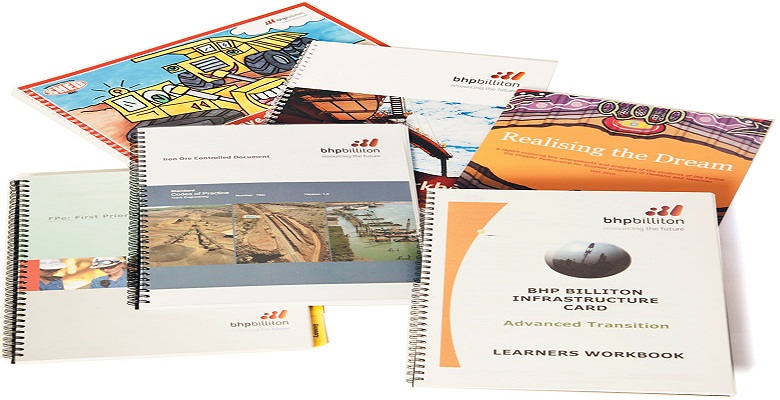Workplace safety is one of the most important tasks a supervisor, manager, or owner can undertake. If your workplace isn’t safe and secure your employees and customers could easily get injured. If that occurs, you’re likely to be liable for all of their medical costs, and potentially other costs as well. You may also be found in violation of a number of health and safety regulations, which means you may be penalised with harsh fines. However, if you teach your employees to follow these four safety steps, you can reduce accidents and make your employees more aware of their surroundings and their work.
Step 1: Stop, Look Around, and Listen
Before beginning any task, your employees should take the time to examine their work area to make certain everything is in order. By taking a few moments before they start working on a task, they may notice things that are out of place, or that something is missing. This type of quick visual inspection usually only takes about a minute, but it can reveal many hazards.
Employees also need to take a moment to listen to their surroundings. This will alert them to anyone else in the area. That can be very important in jobs such as construction or warehouse work. Hearing a construction vehicle coming, for example, will make them more alert and aware of the fact that they need to watch for these vehicles and move when needed.
Review What You’re About to Do
The next safety step is for the employee to review what he or she is about to do. This will help the employee think about the steps the task takes, and how to more efficiently go about those tasks. This step is explained, in the Take 5 safety booklet, as the time for employees to identify the tools they will need, and to recall the techniques they will use to complete the project.
Identify Any Risks
Is there anything around the workstation that may pose a risk? Employees should look at what they’re about to do, and the tools they’re about to use, to identify potential risks. If they are going to use power tools, for example, the risk is bodily harm if the tool is used incorrectly. If they’re going to drive a vehicle such as a forklift, the risks include hitting others, hitting an object, tipping the vehicle over, or dropping the load accidentally. Risks also include anything that could enter the work area while the employee is working on the task. For example, employees need to be aware of other people who enter the area.
Manages All Identified Risks
Once an employee has identified all the potential risks, those risks need to be managed if they present an immediate safety issue. For example, anything that the employee may trip over needs to be moved out of the way. Some safety issues will need to be reported to a supervisor, and some may be serious enough that the employee will not be able to continue working.
